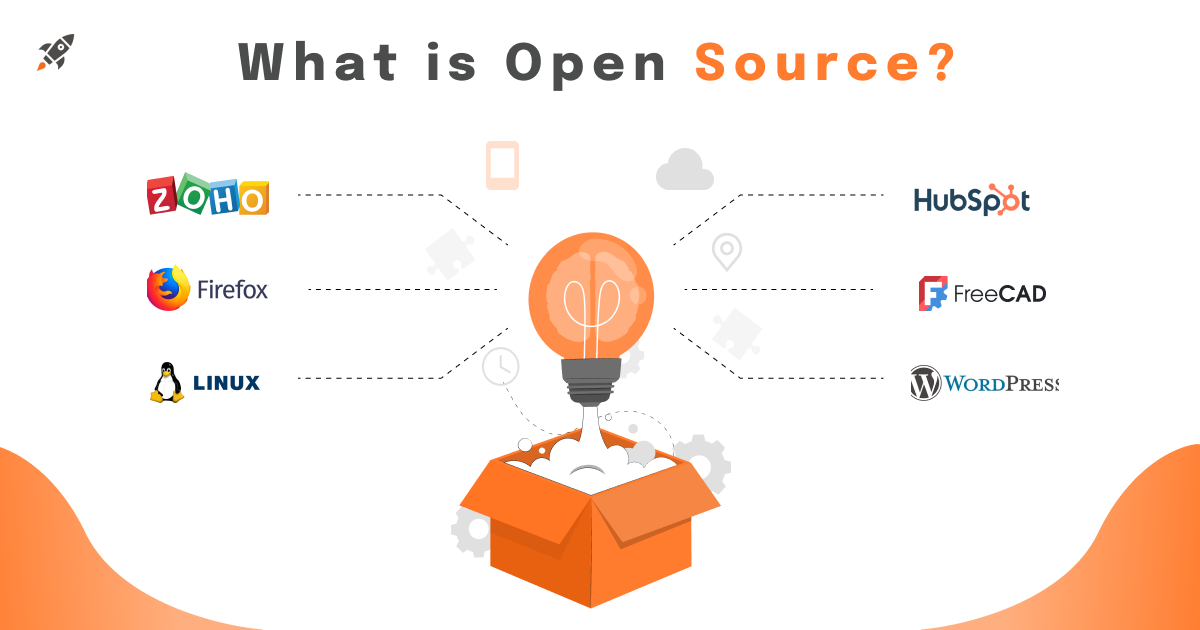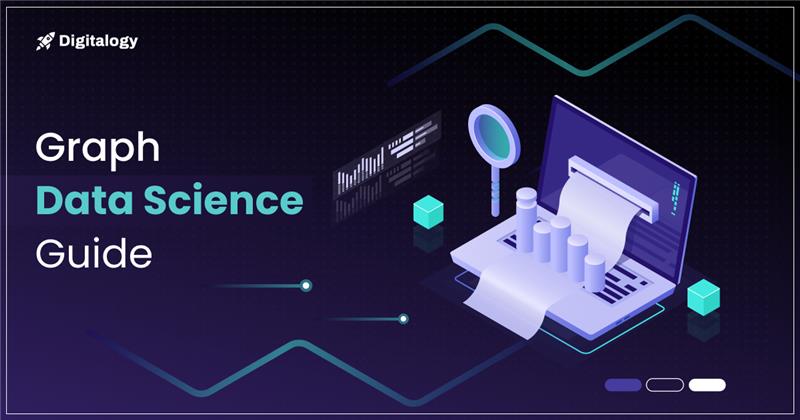In this dominant tech era, businesses employ every nook and crook of technology to make their operations more efficient and effective. One such technique undertaken by various companies is “Open Source Software”. With open-source software, everyone can work on the source code according to their requirements. Companies have shifted from closed-source software to open-source because of its vast benefits. In this article, you’ll explore the great depths of this amazing technological innovation that is changing the business scenario these days.
What is Open Source Software?
OSS stands for Open Source Software and it has a source code accessible to the general public to use it as it is, make modifications, and distribute with its original rights. A source code is a code that the programmers handle to control the functioning and behavior of an application. Therefore, OSS needs a license that gives programmers access to modify the source code according to their requirements and control the software’s distribution.
What is the History of OSS?
In 1983, Richard Stallman, a programmer at MIT, came up with the idea to make the source code freely available to everyone.
Under his own license GNU Public License, he started releasing free code as he solemnly believed that programmers should have access to modify the code as they learn, explore, and experiment more about it.
In 1984, Stallman started the GNU project, creating free software and giving rise to a free software community. Furthermore, in 1985 the Free Software Foundation was established to provide funding for the GNU Project. The four rules that were set up to define whether a software is free are:-
- Operate the program according to their requirements.
- Modify the code that best suits their needs.
- Redistribute copies (free or for money).
- Distribute the modified versions of the program to other people in the community.
These rules still define the meaning of free software in today’s times. This ideology formed the basis for the development of the Open Source Initiative in 1998 by Eric Raymond.
How Does OSS Work?
A public repository generally stores the open-source code and is shared with the public. Anyone can access the code repository to do their work or make some alterations to the design and functionality of the project. Thus, OSS comes up with a distribution license that specifies the terms for the developers to test, study, alter, and, more importantly, distribute the software.
What are the Differences Between Open-source Software, Free Source Software, and Closed Source Software?
| Feature | Open-source Software | Free Software | Closed Source Software |
| Source Code Availability | Available to the public | Available to the public | Not available to the public |
| Modification Rights | Users can modify and distribute | Users can modify and distribute | Users cannot modify |
| Cost | Often free, but not necessarily | Always free | Usually requires a purchase or subscription |
| License | Open Source Initiative-approved licenses (e.g., MIT, Apache) | GNU General Public License (GPL), and others | Proprietary licenses |
| Examples | Linux, Apache HTTP Server, Firefox | GNU Emacs, LibreOffice | Microsoft Windows, Adobe Photoshop |
| Community Support | Strong community support | Strong community support | Limited to official support channels |
| User Freedom | High | Very High | Low |
| Security | Can be more secure due to transparency | Can be more secure due to transparency | Security through obscurity |
| Commercial Use | Allowed and common | Allowed | Restricted by the vendor |
| Control | Users have control over the software | Users have control over the software | The vendor has control over the software |
- Open-source Software refers to software whose source code is open for anyone to inspect, modify, and enhance. It emphasizes collaboration and transparency.
- Free Software focuses on the user’s freedom to use, study, modify, and distribute the software. While it is usually open-source, the emphasis is on the freedom rather than the cost.
- Closed Source Software or proprietary software is where the source code is not shared with the public. It is owned by an individual or company and typically comes with restrictions on usage, modification, and distribution.
Most Popular OSS Licenses
Some of the most popular Open Source Software Licenses are:-
MIT license (MIT)
Users with this license can utilize open-source software code as per their requirements without any restrictions. Furthermore, being GPL- compatible, this license allows the users to modify the original code causing no harm to the derivative code of the original permit.
Apache License 2.0 (Apache-2.0)
Those with an Apache license have permission to run, modify, and share software code freely. One point to be noted is that they must follow the terms of the Apache license, which in turn has strict rules when it comes to redistribution. To verify that the files have been altered, the users must provide clear-cut statements and notices in their original work.
GNU General Public License (GPL)
The users who code under GPL are supposed to release the full-fledged source code.
However, along with the source code, they also have to submit the rights to change and share the entire work project. This license ensures that the modified versions are marked as changed for both users and authors.
In addition, the GPL series is considered the copyleft license, meaning that any derivative work must be distributed under the same license terms.
3-clause BSD license (BSD-3-Clause)
This license shares similarities with the MIT license, but the only thing that distinguishes both is that the former provides a clause to protect the software’s creators. In addition, the developers with this license are required to attach the original copyright notice, disclaimer, and many more strictly fulfilled criteria.
Common Development and Distribution License 1.0 (CDDL-1.0)
The users with a CDDL-1.0 license are permitted to distribute and reproduce the derivative and the original work, but they cannot make any patent, trademark, or copyright changes included in the agreed contract. The developers must make sure to make the modified source code available under CDDL-1.0 unless and until the form contains the original code.
Types of Open-Source Software
Most popular types of open-source software:-
Open Source CRM
CRM stands for Customer Relationship Management; it allows any business to handle their customers with more care by managing customer interactions to stand up to their expectations. In addition, this software ensures productivity and the betterment of organizational skills. There are a plethora of CRMs available in the market, but they require technical expertise to customize them according to your requirements. One such well-known example of Open Source CRM is- HubSpot CRM
Since CRM software forms the foundation of any business, then HubSpot’s CRM is a definite good-to-go one! This one is well suited for medium-sized and small businesses in real estate, retail, etc. The main features of this software are contact data management, accurate sales forecasting, customer segmentation, email scheduling, and live chat. If you go to the paid versions then you will get more extensive features than the free ones.
Open Source Project Management
This software is of great help when anybody wants to keep track of tasks and assignments. The USP of this is that the user can handle different projects simultaneously with proper organization. There are free and paid versions of this software; the paid one gives access to more interesting options. One such well-known example of Open Source Project Management is- Zoho
This software helps to plan, organize, and manage resource tools; it also manages estimation and planning, scheduling, cost control, etc. It helps the companies to keep track of their time and maintaining a customized report. The built-in chat features help the employees to interact while doing the work.
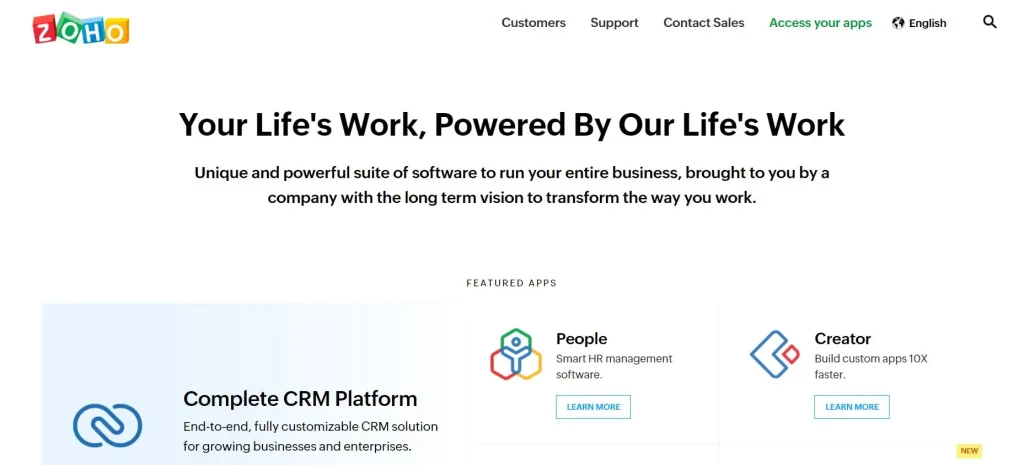
Open Source Web Browsers
The sole purpose of a web browser is to access the World Wide Web. This is how the whole process works; whenever a user requests a web page from a website, the browser retrieves the web server’s asked content and then displays the page. Thus, web Browsers basically connect the website’s servers and show the web pages. One such well-known example of an Open Source Web Browser is- Mozilla Firefox
It is a web browser often referred to as Firefox developed by Mozilla Foundation and Mozilla Corporation. To retrieve web pages, it uses a powerful search engine called Gecko. When Firefox was in its beta stage, it became more popular than Microsoft’s then-dominant Internet Explorer 6.(Source – Mozilla Firefox).
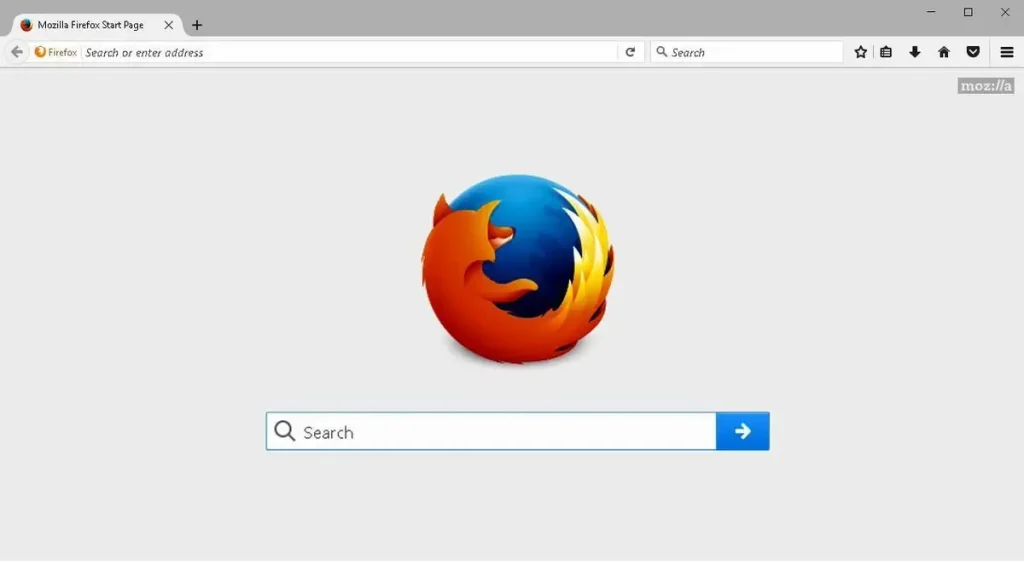
Open Source Content Management Systems
A CMS is an open-source computer software program used primarily to manage and modify digital content. It gives the users permission to add, modify, delete any information without the availability of a webmaster. One such well-known example of an Open Source Content Management System is- WordPress.

It is an open-source CMS written primarily in PHP. It was initially created as a blog publishing system, but with time, it has evolved to support many other web content types, like traditional mailing lists, membership sites, online stores, etc.
Open-Source CAD software
CAD stands for Computer-aided design. The primary aim of this software is to enrich the designer’s productivity while working. In addition to this, it helps in improving the quality of designs, communication, and creating a database for manufacturing purposes. Two such well-known examples of Open Source CAD software are – FreeCAD & LibreCAD.
It is a free, open-source 3D computer-aided design (CAD) modeler which is often called the Swiss Army knife of general-purpose engineering toolkits. This software is best suited for product design, mechanical engineering, and architecture.

– LibreCAD
It is an open-source CAD software used mainly for executing 2D designs. It works perfectly on various operating systems like Linux, macOS, Unix, and Windows OS. Moreover, it is entirely free of cost and is available in 30 languages.
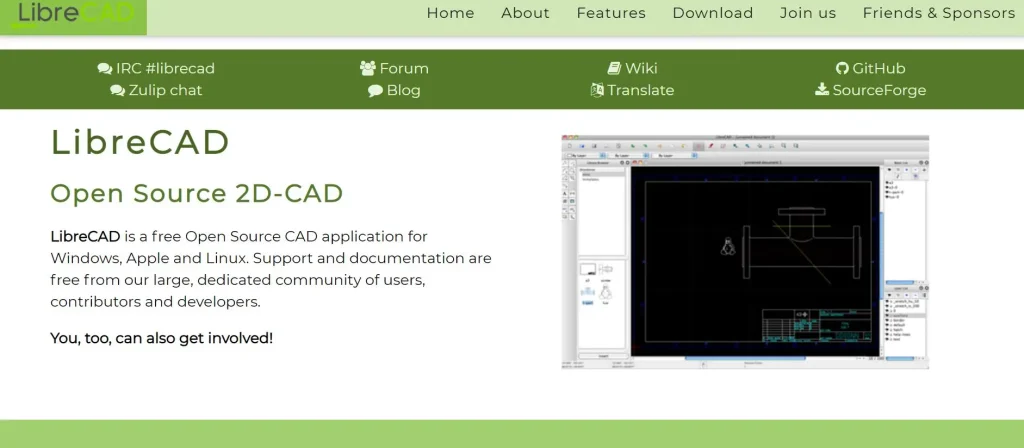
Open Source Operating Systems
These systems form the backbone of any computer as they manage all the hardware, software and provides common services for computer programs. They are released under a license where the copyright holder gives others the permission to study, change, and distribute the software to other people. One such well-known example of an Open Source Operating System is- Linux.
Linux is an open-source operating system and is primarily based on the Linux Kernel. It is one of the most popular, secure, reliable operating systems and one of the best open-source software globally. It gives the users the freedom to run the program, to study the working of programs, make changes and distribute the modified programs.

Advantages and Disadvantages of OSS
One has to keep in mind that everything has its pros and cons, so before jumping in and downloading the products you’ve been eyeing for ages, do your proper detailed research by going through the listed open-source software advantages and disadvantages.
Advantages of Open Source Software
1. Affordable in Comparison to Other Products
Among the many advantages of open-source software – affordability tops the position. Open Source Softwares are usually free of cost and never asks the user to pay any additional amount for a copy that you download. In addition, the software’s are programmed in such a way to operate on any type of computer, hence help to increase the hardware’s life.
2. Highly Reliable
Open Source software is known for its reliability because skillful and talented developers have developed it, and hundreds and thousands of people are given the access to operate it, which in turn increases the chances of detecting a bug and solving it out. Many developers consider this software as their long-term project and learn new things and implement them using this open-source software. Since professionals handle this software, the risk of any mistake or a bug becomes slightly null.
3. Provides Flexibility
The developers are given the Flexibility to examine the working of code and freely make amendments to fit their unique needs better. The user has access to edit, modify, delete anything as per his choice. The source code is accessible to all who have the appropriate license; they can alter the codes without any restriction that suits them the best. Closed software does not provide this Flexibility of doing work; the user is supposed to work within defined terms and conditions.
4. Ensures Stability
Since the source code is distributed to the public, the users consider the projects for their long-term accomplishments. They are well aware that creators would not discontinue or stop the project so suddenly. These softwares are often operated by communities of passion-driven programmers connected by a common drive to support and provide a better solution for any problem. They introduce new concepts which are more effective and efficient than the older ones. Programmers working on open-source software leverage all these additions, so there is no point for them to move to closed software with many boundations.
5. Provides Opportunities for Programmers
This whole concept is very interesting and productive. It sort of builds an online community of developers to experiment with things, learn from what others are doing. It is a great platform for individuals who aspire to learn and seek more opportunities. Programmers can experiment with their new ideas, can learn new tricks from the work of other programmers. This leads to the development of all. Everybody learns from each other; they get to know how the mind of other programmers works. It’s fascinating, isn’t it, to know what is going on in your competitor’s mind, right?
Disadvantages of Open Source Software
1. Difficult to Use
Among the many Open source software disadvantages, the foremost is- difficulty in operating. There is always a possibility that some open-source software is difficult to use and set up. Others may not have user-friendly features or may not be familiar to the developers, which might cause them difficulty in using. These hindrances can reduce productivity.
2. Compatibility Issues
Some compatibility issues may arise. For example, some proprietary hardware demand specific drivers to operate open-source programs; these drivers are often available from the equipment manufacturers. Acquiring these drivers add to the cost of the project and may turn out to be expensive.
3. Hidden Costs May Arise
There is a possibility that certain unexpected costs may arise due to training purposes, importing data, and other sudden reasons.
What are the Best Open Source Software Examples Of 2021?
The whole world has become digitalized. Every day we are surrounded by an endless number of apps, software, and services. We’ve become slaves of gadgets and devices (Yes, it’s true). The tech world is flowing with various open-source software. Here is the list of open source software examples in 2021-
- VLC Media Player
- Audacity
- Avidemux
- GIMP
- Amarok
- LibreOffice
- Inkscape
- KeePass
- 7-Zip
- Mozilla Thunderbird
- Clonezilla
The Future of Open Source
Open-Source is on the rise, and its future is presumably very bright. But, to be honest, I think the future that I was referring to is now. In the upcoming years, let’s say 5 years, open-source will be fuelled by necessity. The importance of open source software is unfathomable. The advancements happening in this technology don’t make it an option; rather, it will be the only choice that people would have in the future. Ask yourself do we really want one or two companies getting involved and benefits from all of this innovation? Never. So, let’s keep the future open source. Keep innovating, everyone!
At last, I’ll ask you a question-
Microsoft, like dinosaurs, were once the most powerful entities on Earth. Dinosaurs are extinct. Open Source OSes started out small and are built for successful adaptation over time. Which would you rather be?
Answer Smartly!

